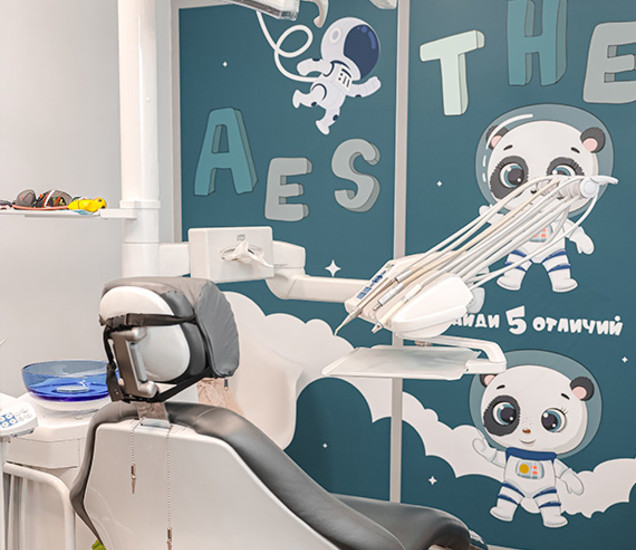Cone Beam Computed Tomography: What is it?
CBCT is a diagnostic procedure that allows obtaining a three-dimensional image of any part of the maxillofacial area. The machine used by doctors for scanning with this method is called a computed tomograph. The examination is based on the use of X-rays. But unlike traditional X-rays:
- the radiation load on the body is significantly lower;
- the image is not two-dimensional but three-dimensional – this increases informativeness and helps doctors find answers to the questions that interest them;
- the size and structure of the studied area are not distorted.
The scanning feature lies in the fact that, when the patient sits or lies down, a movable platform rotates around their head. A special tube emits a beam of rays in the shape of a cone. This creates several hundred projections. The device then processes the obtained data and builds a three-dimensional model based on them. The 3D image is stored in the computer's memory. At any moment, the doctor can display it on the screen for analysis. This diagnostic method is used in dentistry, maxillofacial surgery, and otorhinolaryngology. It allows not only the study of the dental system but also the nasal sinuses. This information can be useful when planning implantation in the upper jaw.

















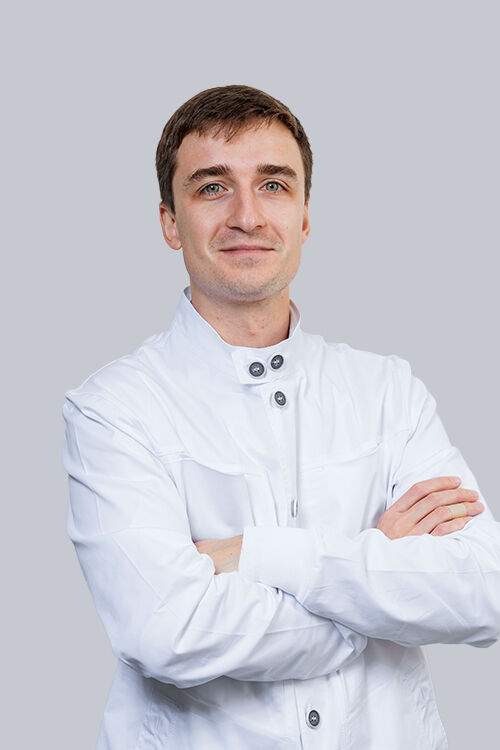

















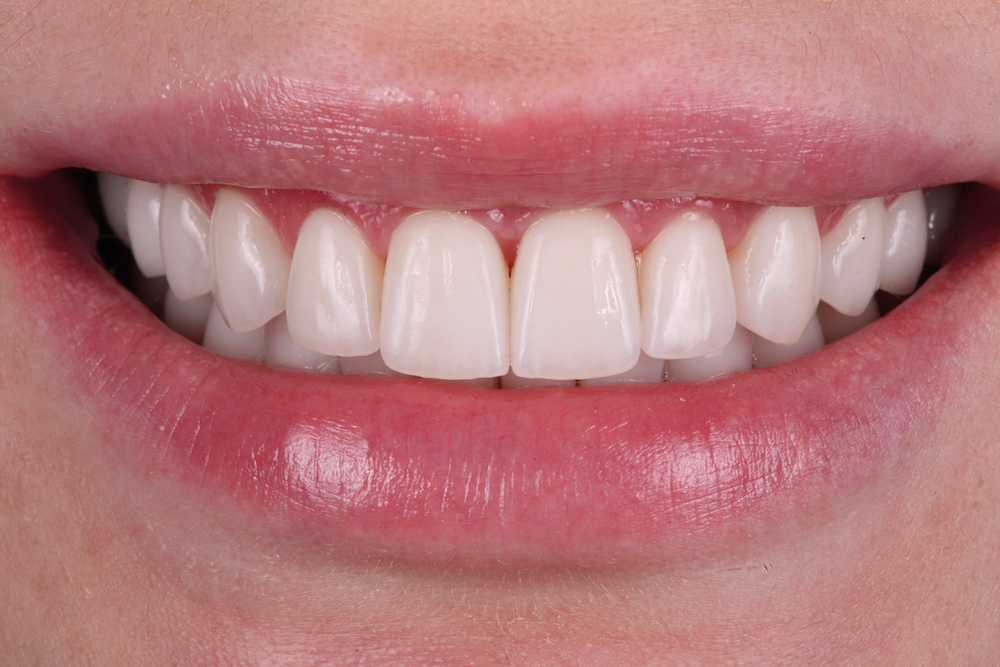




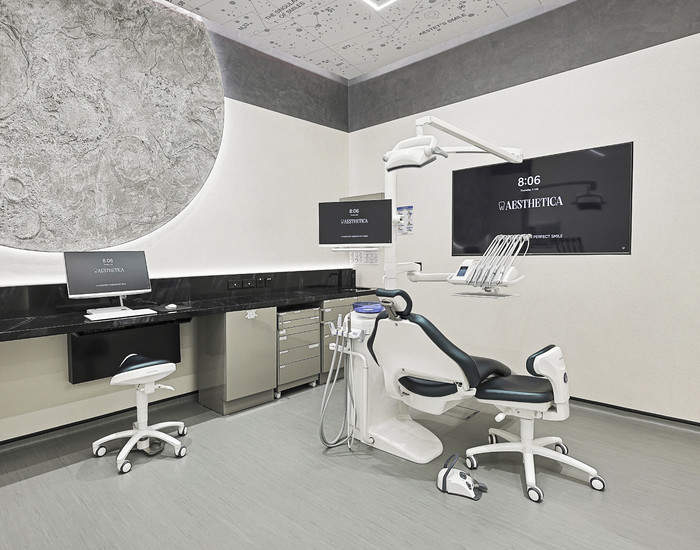
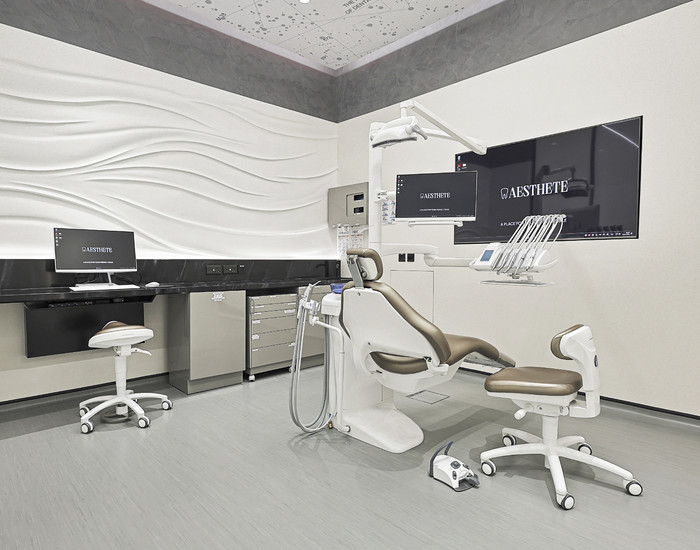






_700x550_ac7.jpg)
